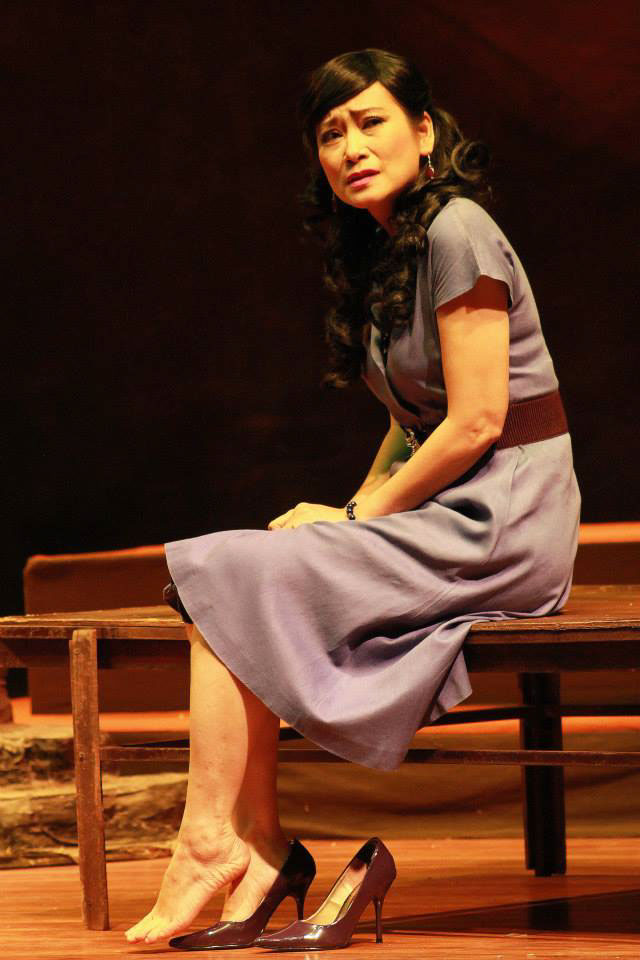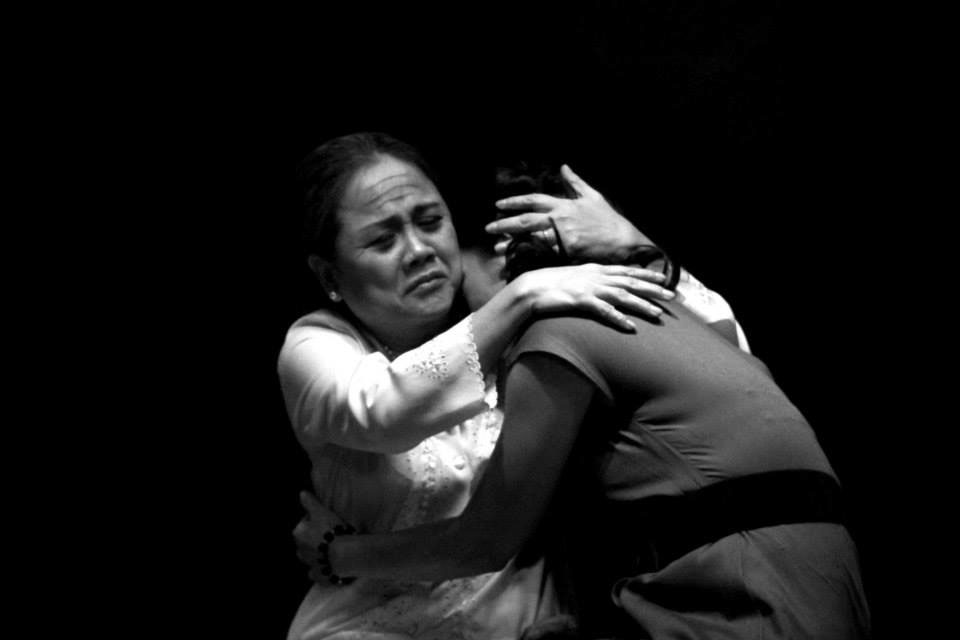
Madam Hai, a powerful and rich woman who wanted nothing but the best for Lê, her daughter, will do everything she can to keep her from Tư Nhớ, who she called 'thief'.

Lê and Lý, Madam Hai's daughters. Lê escaped her family with Tư Nhớ after knowing that she had been pregnant without any proper marriage, therefore enraging Madam Hai. At first, Lê was usually portrayed as a mature woman while Lý, the younger sister, had a more childish and carefree nature.

Madam Hai planned a fake report to the police that Tư Nhớ was having a smuggling business, resulting in his being arrested. The impregnated Lê ran everywhere to seek for help and end up at her mother's doorstep. In this scene, Madam Hai was teaching Lê a lesson and stated that she would only release Tư Nhớ if Lê agreed to an arranged marriage with another man and have a new life in America.

Lê agreed so that her lover can be released. However, she lost her child as a result of ever-exceeding herself. This scene took place 1 year after the event, when a drunken Tư Nhớ held an oil lamp, searching in vain for his child's corpse and swearing he would never forget, or forgive what Madam Hai had done to him.

Feeling sorry for Tư Nhớ and guilty for what her mother had done, Lý devoted 15 years of her life to look after Tư Nhớ, developing a deep affection for him. However, Tư Nhớ always ignored her even after 15 years.

In this scene, Lý recreated the exact same position that her elder sister used to do 15 years ago.
'I compensate for you half of my life, isn't it enough for you?', she asked...
To which, he coldly pushed her away.

Lý's painful tears on the epiphyllum plant.
It is said that the epiphyllum flower can only grow if it senses a pre-destined affinity between two persons, that they belong together. Madam Hai had grown this plant for over 15 years but the flowers never appeared, until Lý brought it to Tư Nhớ's hut. However, he coldly picked the flower.
In this scene, Lý painfully asked Tư Nhớ to give her back the epiphyllum flower, a symbol of her pure love for him, for over 15 years but never had a response.

Unknown to her, Tư Nhớ had developed feelings towards Lý too. But he had been blindfolded by hatred and revenge so much that he refused and denied to see the good in her.

His feelings for her came out of the light only when he heard that Lý had fallen down of a well and drowned. He bursted into tears as he realized it was too late to say that he loved her.
Surprisingly, it was just a hoax created by Lý to arrange a meeting between Tư Nhớ and her sister Lê, who just returned from America after 15 years.
And more surprisingly, as the audience thought Tư Nhớ would run to Lê and they will have a touching reunion, he was more concerned over Lý, whom he thought had died.
This scene said it all: Lê stared mindlessly into the distance while Tư Nhớ hugged Lý in his arm and didn't seem to care about Lê's presence.

Lê's emotions can be seen through her expressions: a mixture between sadness, loneliness and guilt when she saw Tư Nhớ washed the feet of her sister.
'If you had a daughter, and she actet that way [left you to follow a man without any proper marriage], would you allow her?'
Madam Hai talked to Tư Nhớ for the first time after 15 years.
'Dear Mother, I've learned my mistakes. Whatever you want to punish me now, I accept them all', replied Tư Nhớ.

The play had a happy ending, as Madam Hai accepted Tư Nhớ and Lý's marriage and forgive everything happened 15 years ago.
In this scene, which is the very ending of the play as the light went out, Lê hugged her mother and said:
'I usually found myself awake in the middle of the night for the past 15 years, very usual... dear Mother...'
To which she replied
'Please don't hold a grudge against me, my daughter'

